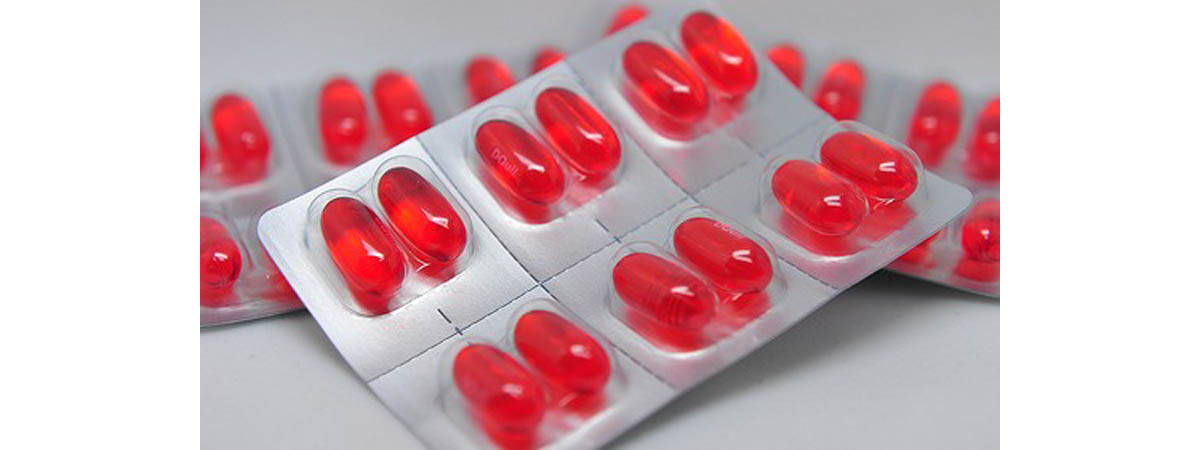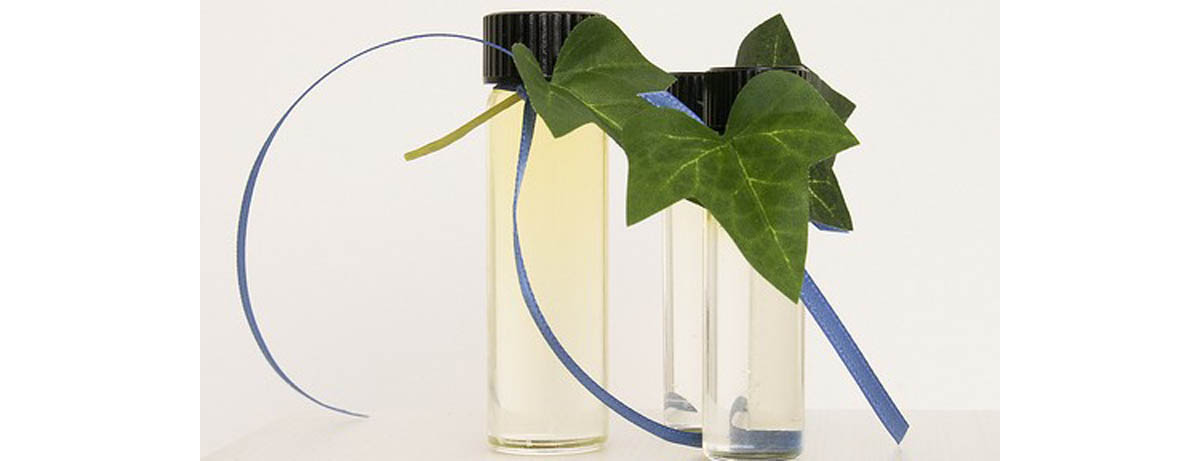Most of us will experience a common cold or even flu at this time of year. For most of us it is not a life-threatening illness, but will certainly interfere with enjoyment of life and possibly lead to time off work. We have been educated not to seek our doctor’s help for a common cold, or even flu, as it is well-known that they are usually caused by viruses for which antibiotics are ineffective. There are a number of other types of medicines a doctor can prescribe, which will not cure a cold or flu, but will certainly make the symptoms less troublesome.

Cold and flu symptoms
A number of symptoms are associated with having a cold or flu, and our experience of them may differ each time we are ill, or between different people.
The range includes headache, sore throat, joint aches and pains, fever, runny nose, sneezing, cough and nasal congestion (that ‘stuffed up’ feeling). Added to which, any or all of these symptoms may stop, or interrupt, our sleep at night when we are awoken by coughing, or because of difficulty breathing through the nose. Some of these symptoms are actually caused by our bodies trying to rid itself of the infection – for example by making lots of mucus to wash the infected cells away.
How can cold and flu remedies help?
To treat the variety of different symptoms, remedies for colds and flu often contain a combination of ingredients, designed to relieve each of the most common symptoms. This makes them very convenient, as otherwise you might have to take a number of different medicines to treat each of the cold symptoms. So remedies frequently contain a pain-killer, cough suppressant, decongestant and something to help you get rid of excessive mucus. There may even be something to help you sleep (in night-time remedies).
Do they all contain the same ingredients?
No. Different formulations will contain different combinations of ingredients, to treat one or more symptoms. Specific ingredients such as pain-killers or decongestants are available to buy individually, but the combination remedies may offer more convenience if you are suffering from a number of cold and flu symptoms.
Relief Of Cold And Flu Symptoms
Pain
Pain-killers in cold and flu remedies can relieve the discomfort of sore throat, headache and joint pain. One of the most commonly included is acetaminophen, which relieves high temperature as well, and can be taken safely by children. Other pain-killers include ibuprofen, which will also reduce inflammation, and Aspirin, although this should not be given to children.

Cough
The purpose of coughing is to bring up excessive mucus from the lungs, but sometimes in the case of cold and flu the cough is non-productive i.e. it does not bring anything up. These types of dry cough can be very tiring, make the throat sore and disturb sleep. So ingredients to suppress the cough reflex are often included in remedies. Pholcodine, benzonatate, diphenhydramine and dextromethorphan are all commonly used effective cough suppressants.
Ingredients called expectorants can make a cough more productive, by increasing secretions and making them thinner and more watery, so it is easier to cough them up. Guaifenesin, which is most often used for this purpose is best taken with food as it can sometimes upset the stomach, and taking a drink at the same time seems to increase its effectiveness. Mucolytics, such as acetylcysteine, are similar ingredients, which are able to break mucus down, making it easier to cough up.
This is particularly a risk at night or when taking sedative remedies. So the combination is only recommended in non-sedative (daytime) remedies, which are taken for a non-productive cough.
Decongestion
A troublesome cold symptom is swelling inside the nose, making breathing difficult and uncomfortable. Decongestants, like phenylephrine or xylometazoline , available as single ingredients in drops or sprays applied directly to the lining of the nose, reduce the swelling and making breathing easier.
When taken as a tablet, or in a powder or syrup combination remedy, the risk of rebound is generally avoided. But taking them this way can lead to rare side effects, such as high blood pressure and agitation.
Medicines called anti-histamines, more commonly taken for allergies like hayfever, can also be included in cold and flu remedies. Not only can they reduce swelling in the nose and dry up a ‘runny’ nose, older ones have the side effect of drowsiness, so can ensure a good night’s sleep. (But remedies containing these types of anti-histamines must not be taken by anyone driving or operating machinery).
Are cold and flu remedies safe?
Their ingredients have been well-used and considered by the regulatory authorities to be safe enough for self-medication. But that is not to say they cannot be dangerous if not used properly.
Also, take notice of warnings about interactions with other medication you may be taking, or other medical conditions you have. If in any doubt about the suitability of a remedy, ask for advice from a pharmacist or doctor before taking it. Do not give cold and flu remedies for adults to children unless the instructions say it is suitable and do not let children take them without supervision.
If symptoms do not resolve within two weeks you should go and see a doctor to rule out other causes, and possibly to receive other treatment.
- Non-prescription Medicines by Alan Nathan, Fourth edition, Pharmaceutical Press, ISBN 978 0 85369 886 9, Published Jun 2010
- Photo courtesy of qiaomeng on Flickr: www.flickr.com/photos/qiaomeng/4525180966
- Photo courtesy of angelslens on Flickr: www.flickr.com/photos/angelslens/2237934550


Your thoughts on this